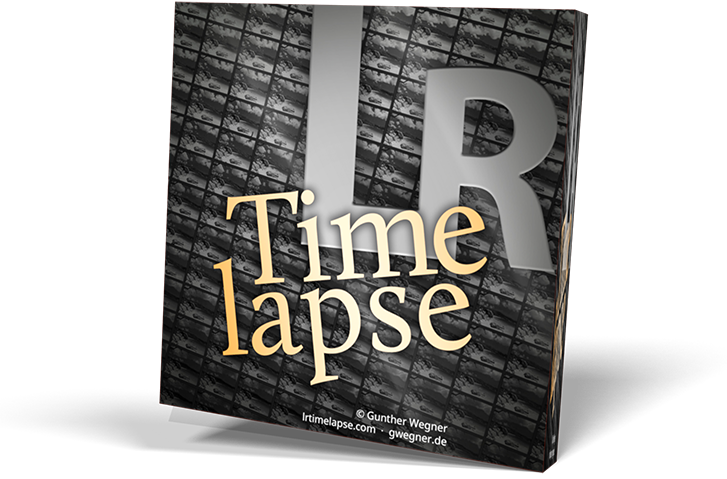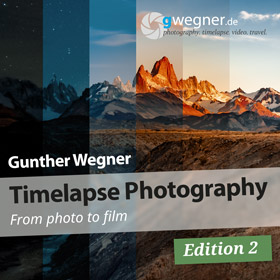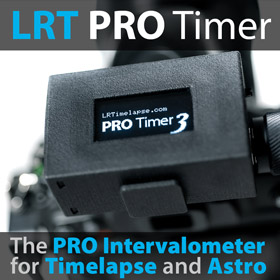Posts: 5
Threads: 3
Joined: Jan 2023
Many years since my last Timelapse so please be patient,
I am planing a day to night shoot near the sea, when I did this in the past I binned the Timelapse because there was too much flicker in the sea movement before the shutter slowed down considerably,
So this time I was considering using ND filters to try and maintain a slower shutter (5 to 10 seconds)
As LRTimelapse uses exif data I presume the big changes in taking off a 5 stop ND filter will mess up the sequence?
Would the best approach be to process these as 2 separate sequences?
If I edit the last image in the first sequence and the first image in the second sequence identically, would these run together without any jump/flicker?
I am planing a day to night shoot near the sea, when I did this in the past I binned the Timelapse because there was too much flicker in the sea movement before the shutter slowed down considerably,
So this time I was considering using ND filters to try and maintain a slower shutter (5 to 10 seconds)
As LRTimelapse uses exif data I presume the big changes in taking off a 5 stop ND filter will mess up the sequence?
Would the best approach be to process these as 2 separate sequences?
If I edit the last image in the first sequence and the first image in the second sequence identically, would these run together without any jump/flicker?




